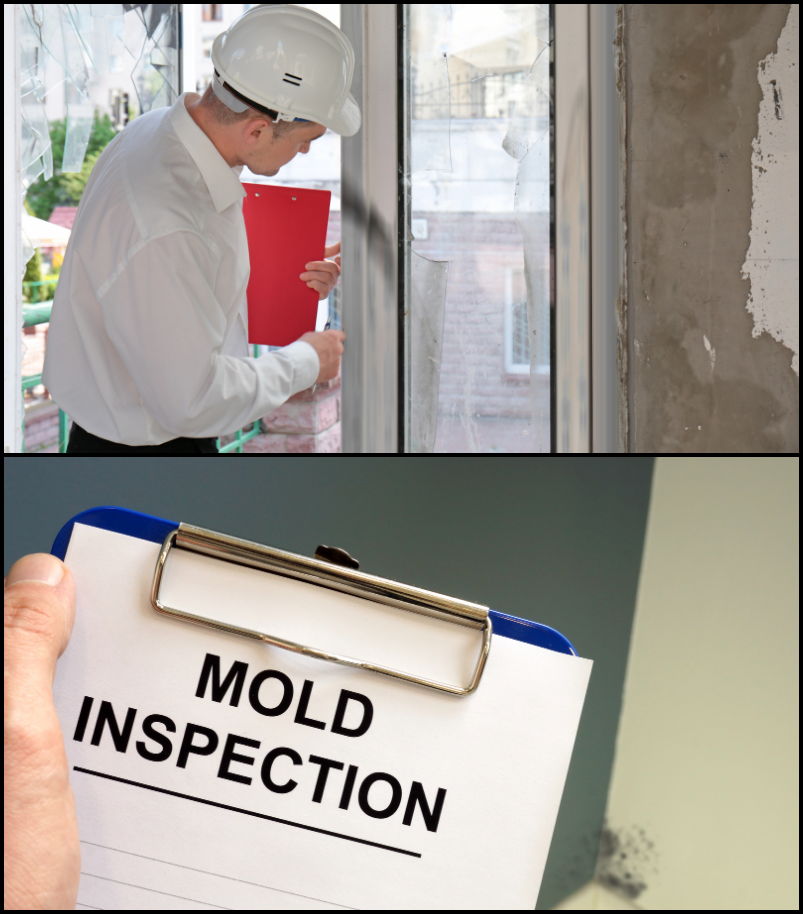Mold Testing in Mastic Beach


The Importance of Mold Testing On Long Island
Professional Mold Inspection in Mastic Beach
Residential
Commercial
Mastic Beach, located in Suffolk County on the South Shore of Long Island, is a coastal hamlet known for its serene waterfront, natural beauty, and proximity to recreational areas. With a population of approximately 12,000, Mastic Beach offers a tranquil lifestyle with easy access to the water and a strong sense of community. Its location near the Great South Bay and the Fire Island National Seashore makes it a popular destination for nature lovers, boaters, and those seeking a relaxed, coastal living environment. The local economy in Mastic Beach is supported by small businesses, restaurants, and service providers, with local shops and markets serving the needs of the community. The hamlet’s proximity to larger towns like Shirley and Patchogue offers residents access to additional shopping, dining, and entertainment options. Mastic Beach is also close to major roadways, such as William Floyd Parkway and Sunrise Highway, providing easy access to other parts of Long Island and New York City.
Mastic Beach enjoys a coastal climate, with mild summers and cold winters, which enhances the appeal of its outdoor recreational opportunities. Residents and visitors alike can enjoy Smith Point County Park, one of the area’s top attractions, which features a beautiful oceanfront beach, camping facilities, a fishing pier, and nature trails. The nearby Wertheim National Wildlife Refuge offers hiking, birdwatching, and opportunities to explore Long Island’s natural habitats. Boating and fishing are also popular activities, with several marinas and boat launches available in the area. Mastic Beach is served by the William Floyd School District, which provides a range of educational services to the local community. The district is known for its commitment to student achievement, and schools in the area play an active role in fostering community engagement through events, sports, and extracurricular activities. The strong educational foundation and community-oriented spirit contribute to the family-friendly atmosphere in Mastic Beach.
Our Mold Testing Services in Mastic Beach
Our testing and inspection process includes the following steps:
Visual Mold Inspection:
Identifying any visible signs of mold growth.
Air Quality Testing:
Detecting mold spores in the air to assess indoor air quality.
Surface Testing:
Collecting samples from surfaces to confirm mold presence.
Moisture Mapping:
Pinpointing areas of potential water damage that may lead to mold growth.
Why Choose Long Island Mold Testing
Certified and Experienced
Local Experts
Fast & Reliable Service
Health-Focused Approach
FAQs
1. What is mold testing?
Mold testing involves inspecting a property for the presence of mold by collecting air or surface samples and analyzing them in a laboratory to determine if harmful mold is present and at what levels.
2. Why is mold testing important?
Mold testing helps identify hidden mold growth that can cause health issues, property damage, and decreased indoor air quality. It allows homeowners to take prompt action to remove mold and prevent further problems.
3. How do I know if I need mold testing?
If you notice visible mold, experience a musty odor, or suspect water damage (e.g., from flooding or leaks), mold testing is recommended. It’s also a good idea after purchasing a home, following major storms, or if household members experience unexplained health issues.
4. What types of mold are commonly found in homes?
Some common molds found in homes include Stachybotrys (black mold), Penicillium, Aspergillus, and Cladosporium. Testing can determine the specific types of mold present and assess the risks they may pose.
5. How is mold testing performed?
Mold testing typically involves collecting samples from the air, surfaces, or materials in your home. These samples are then analyzed in a lab to identify the types of mold present and their concentrations.
6. How long does mold testing take?
The actual testing process usually takes a few hours, but receiving lab results can take anywhere from 24 hours to a few days, depending on the type of testing and the laboratory used.
7. How much does mold testing cost?
The cost of mold testing varies depending on the size of the property, the extent of testing required, and the types of tests performed. Prices typically range from $300 to $600, but more comprehensive testing can cost more.
8. What should I do if mold is detected in my home?
If mold is found, you should contact a professional mold remediation company to safely remove it. It’s important to address the underlying cause of the mold (such as water leaks or high humidity) to prevent future growth.
9. Can I test for mold myself?
There are DIY mold testing kits available, but they may not be as reliable as professional testing. Professional mold inspectors are trained to locate hidden mold and provide more accurate assessments of the extent of the issue.
10. How can I prevent mold growth in my home?
To prevent mold growth, control indoor humidity levels, repair leaks promptly, ensure proper ventilation (especially in bathrooms and kitchens), and clean and dry areas affected by water damage as soon as possible.
11. Is all mold dangerous?
Not all mold is harmful, but certain types of mold can cause health issues, especially for individuals with allergies, asthma, or weakened immune systems. Professional testing can help determine if the mold in your home poses a risk.
12. How often should mold testing be done?
Mold testing should be done after water damage, if mold is visibly present, when moving into a new home, or if you notice unexplained health symptoms. Otherwise, periodic testing every few years can ensure your indoor air quality remains safe.